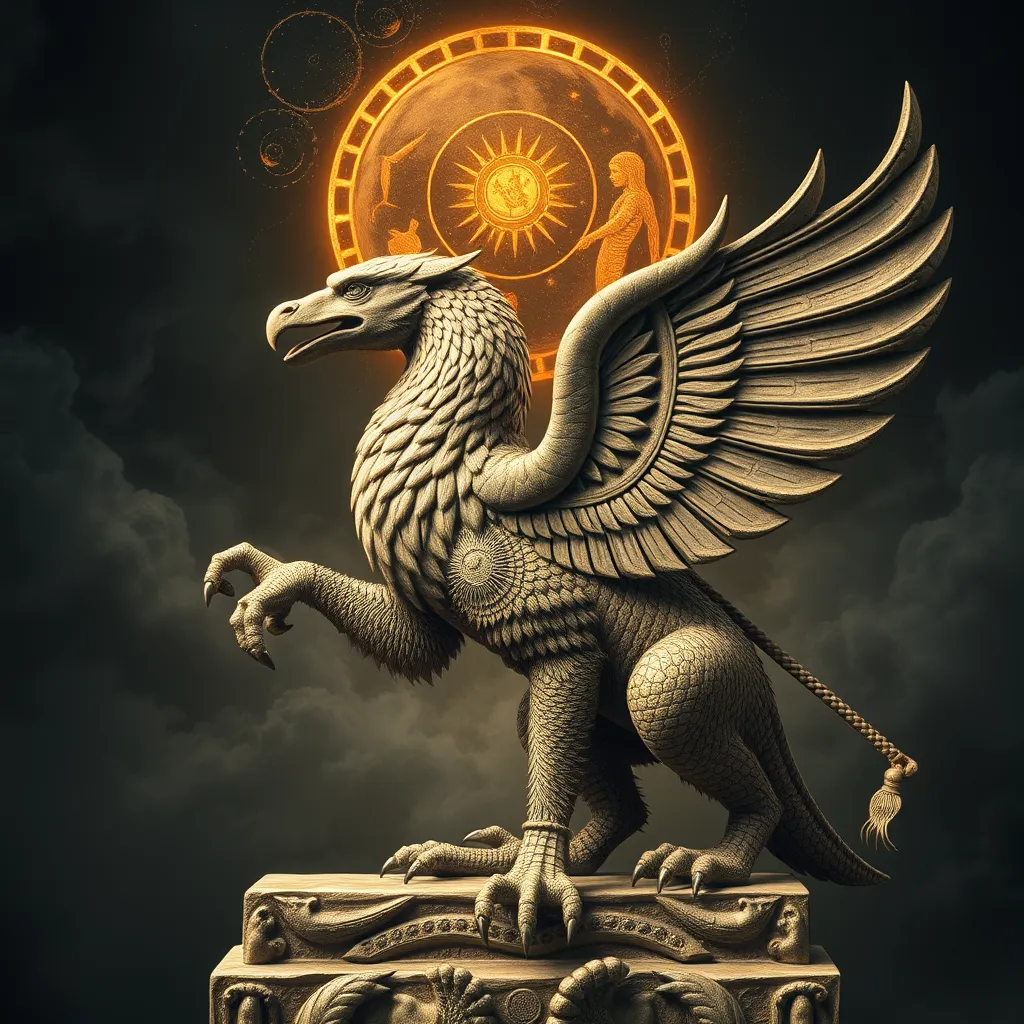The Lure of the Siren: Exploring the Mythology of Shipwreck and Temptation
I. Introduction
The myth of the siren captivates the imagination, weaving together themes of danger, allure, and the unknown. Across various cultures, the siren has been depicted as a beautiful yet treacherous creature whose enchanting song leads sailors to their doom. This article delves into the rich tapestry of siren mythology, exploring its historical roots, symbolism, and the implications of shipwrecks within these narratives. Through this exploration, we seek to understand the enduring significance of the siren in folklore and contemporary culture.
II. Historical Context of Siren Myths
A. Origins of the siren myth in ancient Greece
The sirens first emerged in ancient Greek mythology, often depicted as half-bird, half-woman creatures. Their most famous representation appears in Homer’s “Odyssey,” where they lure Odysseus and his crew with their mesmerizing voices. The Greeks viewed sirens as embodiments of irresistible temptation, often associated with the sea’s chaotic nature.
B. Comparison with similar myths in other cultures
Similar to the sirens of Greek mythology, other cultures have their own versions of alluring water spirits:
- Mermaids: Found in various cultures, mermaids often represent beauty and danger, similar to sirens.
- Water Nymphs: In Slavic folklore, these spirits can either assist or lead men to their deaths.
- Selkies: In Scottish mythology, selkies are seals that can shed their skin to become human, often leading to romantic entanglements that end in tragedy.
C. Evolution of the siren archetype through history
Over the centuries, the imagery and narrative surrounding sirens have evolved. From their original depictions in ancient texts to their romanticized versions in modern literature and film, sirens have transformed into symbols of both seduction and peril. This evolution reflects changing societal views on femininity, sexuality, and danger.
III. The Symbolism of Sirens
A. Representation of temptation and desire
At the core of the siren myth lies a representation of temptation. The sirens’ enchanting songs symbolize the allure of desires that can lead to one’s downfall. Their call resonates with the human experience of pursuing what is forbidden or dangerous.
B. The duality of beauty and danger
The siren embodies a duality that captivates and terrifies. Their physical beauty draws sailors in, while their true nature represents the peril that comes from succumbing to temptation. This duality serves as a reminder of the fine line between attraction and destruction.
C. Psychological interpretations of the siren’s call
Psychologically, the siren’s call can be viewed as a manifestation of internal struggles. It embodies the conflict between reason and desire, echoing the human tendency to be drawn toward what may ultimately harm us. The siren’s allure challenges individuals to navigate their own temptations and choices.
IV. Famous Siren Myths and Their Narratives
A. The Odyssey: Odysseus and the sirens
In “The Odyssey,” Odysseus encounters the sirens as he sails home from the Trojan War. Forewarned by the sorceress Circe, he orders his crew to plug their ears with beeswax while he himself is tied to the mast of the ship. As they approach, the sirens sing of knowledge and untold pleasures, but Odysseus, unable to act on his desires, safely passes by.
B. Other notable legends
Besides “The Odyssey,” other tales featuring sirens include:
- The Argonauts: The sirens attempt to lure Jason and his crew, but Orpheus’s music drowns out their voices.
- Germanic Folklore: The Lorelei, a siren-like figure, beckons sailors to their doom on the Rhine River.
C. Analysis of the outcomes of these encounters
In these narratives, the outcomes often hinge on the characters’ ability to resist temptation. Those who succeed, like Odysseus, embody wisdom and self-control, while those who succumb face dire consequences. Such tales serve as moral lessons regarding the perils of temptation.
V. The Role of Shipwrecks in Siren Stories
A. The connection between shipwrecks and the siren’s call
Shipwrecks are a recurrent theme in siren mythology, symbolizing the loss of control and reason when confronted with temptation. The siren’s call is often the catalyst for a shipwreck, leading sailors to abandon their course and ultimately their lives.
B. Case studies of famous shipwrecks linked to siren mythology
Several historical shipwrecks have been mythologized and attributed to sirens:
- The Titanic: While not directly linked to sirens, the allure of luxury and the tragedy of the disaster echo the siren’s themes.
- The USS Enterprise: Folklore suggests that the ship’s disappearance was due to the call of sirens, drawing it to a watery grave.
C. The metaphor of shipwreck as a loss of control and reason
Shipwrecks represent more than physical destruction; they are metaphors for emotional and psychological collapse. These stories illustrate how succumbing to temptation can lead to a personal shipwreck, reflecting the struggles individuals face in navigating their desires.
VI. The Siren in Modern Culture
A. Depictions in literature, film, and art
In contemporary culture, sirens have been reimagined in various forms:
- Literature: Authors like H.P. Lovecraft have incorporated sirens into horror narratives, blending allure with dread.
- Film: Movies such as “The Little Mermaid” reinterpret the siren archetype, presenting complex characters with desires and motivations.
- Art: Artists depict sirens as symbols of beauty and danger, often exploring themes of femininity and power.
B. The siren as a feminist symbol in contemporary narratives
Modern interpretations often frame sirens as empowered figures rather than mere temptresses. They represent women’s autonomy and the complexities of desire, challenging traditional narratives that depict them solely as dangerous seductresses.
C. The impact of modern interpretations on the original myth
These contemporary portrayals have broadened the understanding of the siren myth, emphasizing the multifaceted nature of temptation and the human experience. By reclaiming the siren’s narrative, modern culture invites deeper reflections on gender, power, and desire.
VII. The Psychological and Cultural Impact of Siren Myths
A. Exploration of human attraction to danger and the unknown
The siren myth taps into an intrinsic human fascination with danger and the unknown. This allure can be seen in various aspects of life, from risky behaviors to the exploration of relationships that defy societal norms.
B. Sirens as cautionary tales in society
Sirens serve as cautionary tales, warning against the dangers of temptation. They reflect societal fears surrounding desire, often acting as reminders of the consequences that can arise from succumbing to urges.
C. Reflection on personal and collective fears surrounding temptation
These myths resonate on both personal and collective levels, inviting individuals to confront their own fears and desires. The siren’s call exemplifies the struggles faced in navigating life’s temptations, prompting reflection on the choices we make.
VIII. Conclusion
The mythology of sirens and the theme of shipwrecks intertwine to create powerful narratives that explore the complexities of temptation and desire. Through this examination, we see the enduring relevance of the siren archetype in both ancient and modern contexts. As we navigate our own desires and the allure of temptation, the siren remains a compelling figure, reminding us of the beauty and danger that accompany our choices in the human experience.



